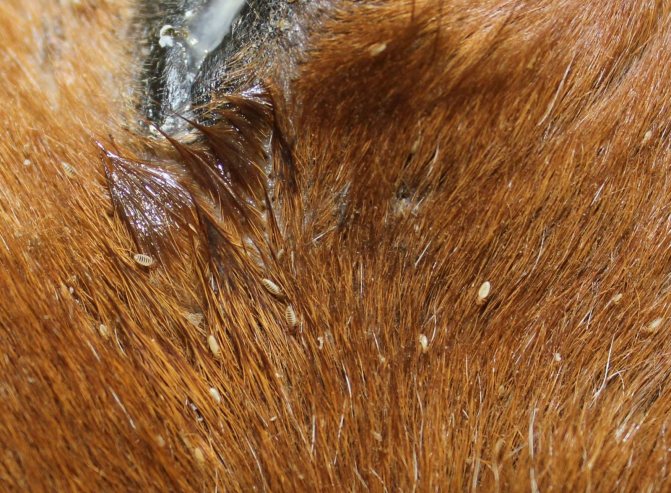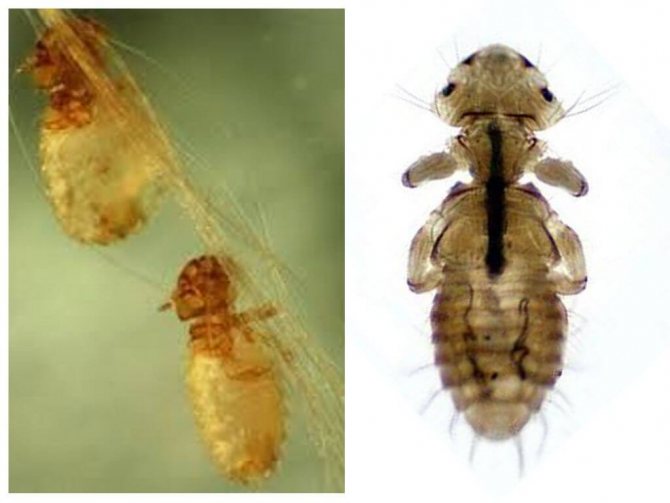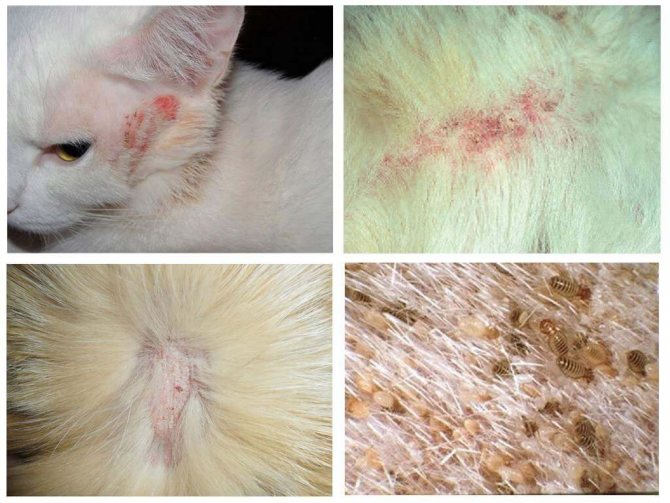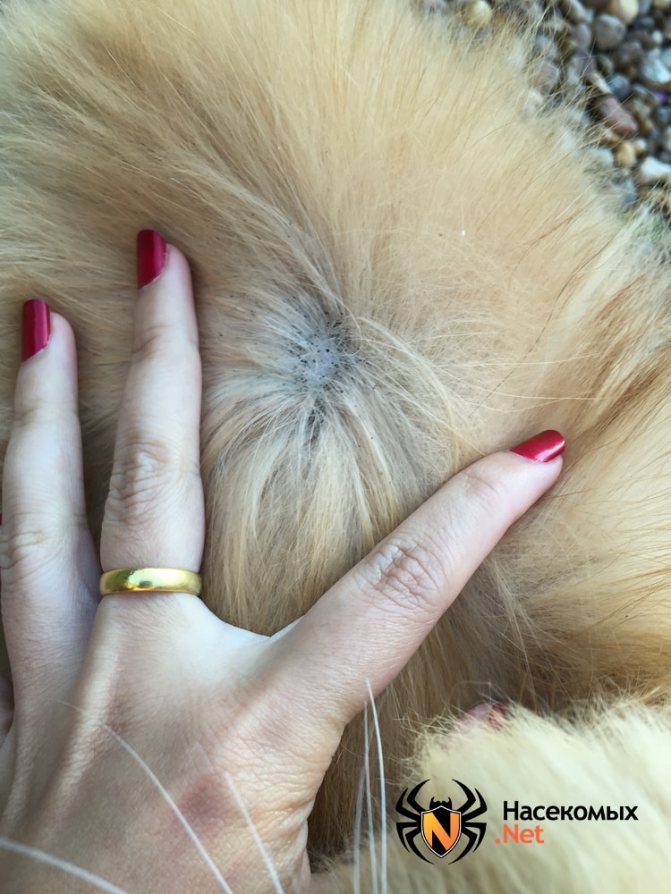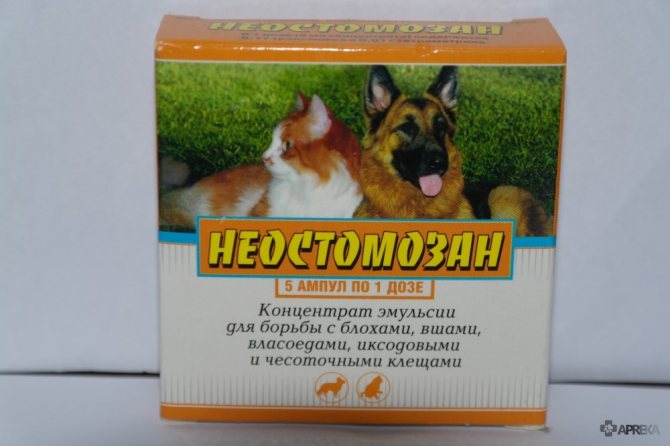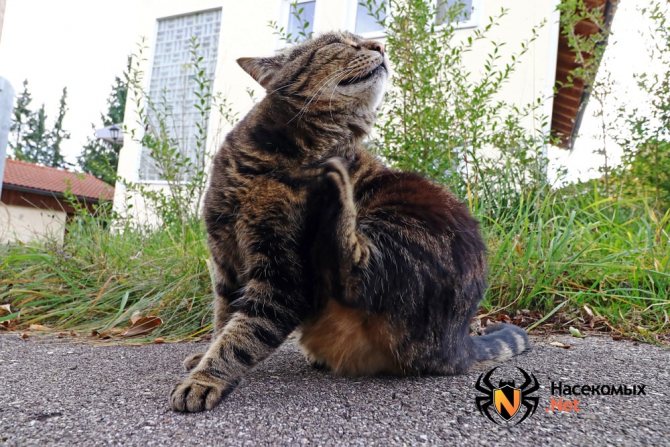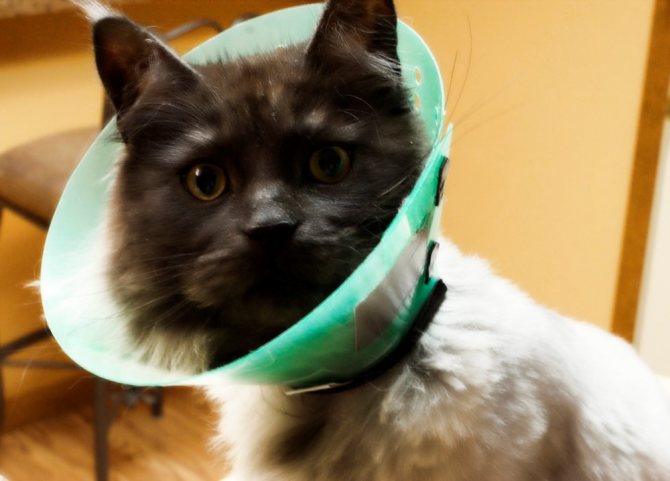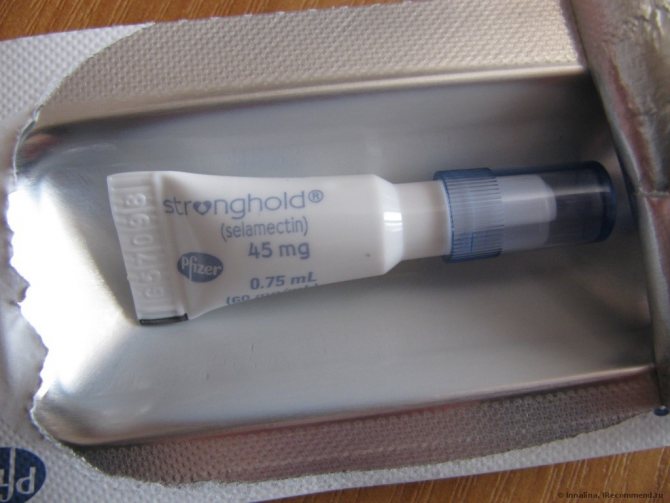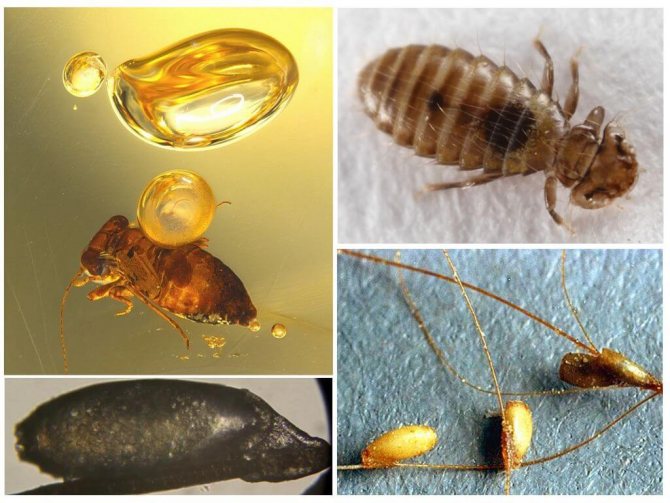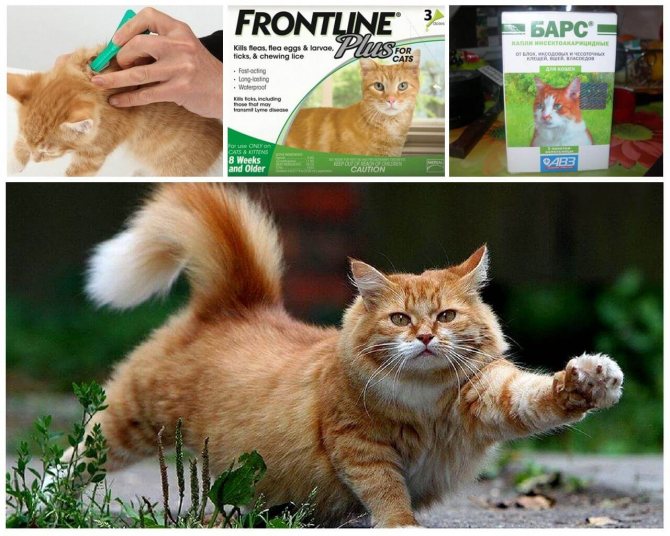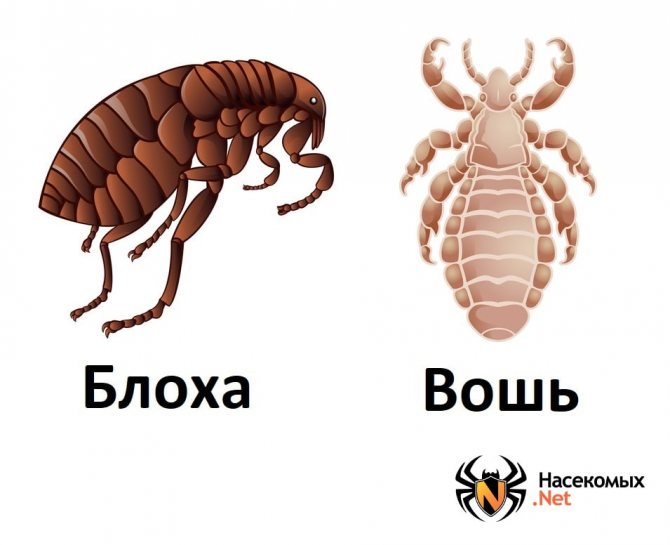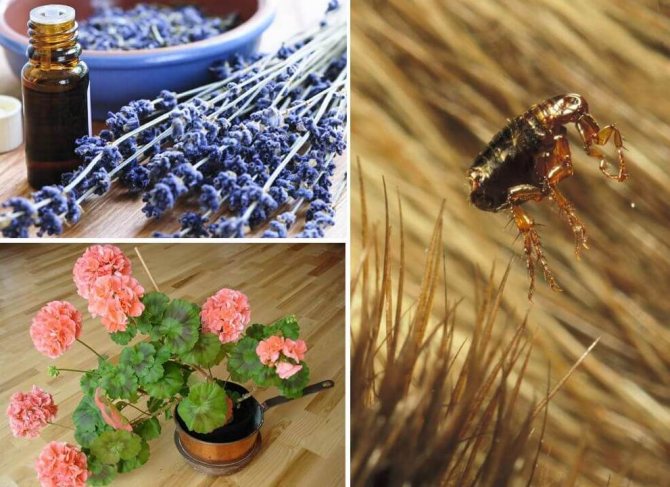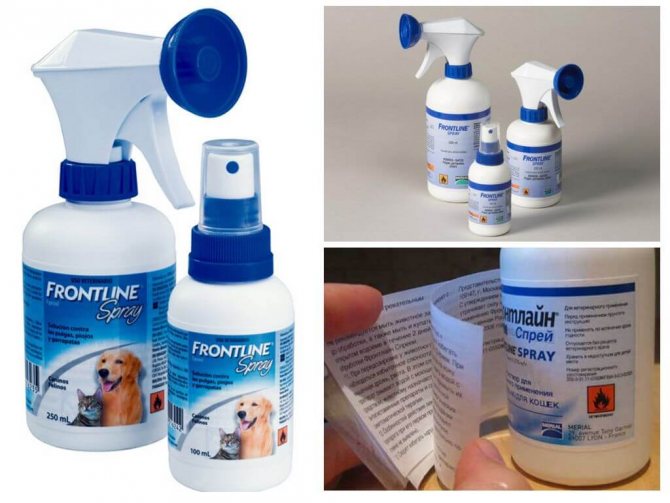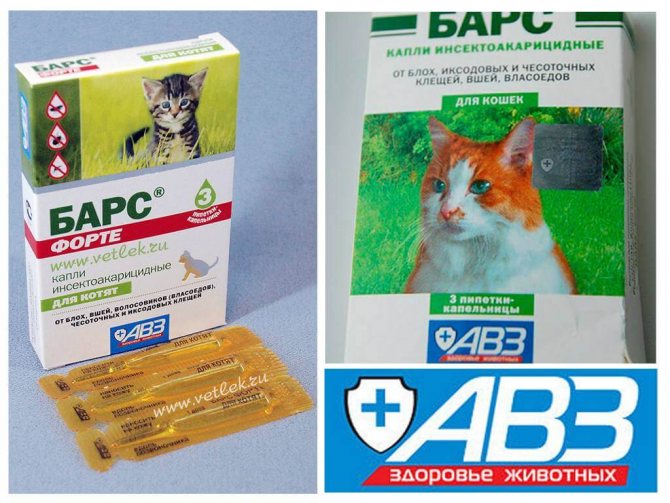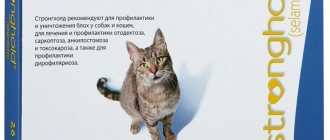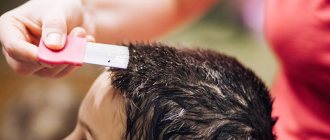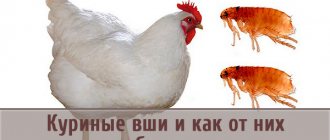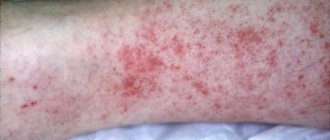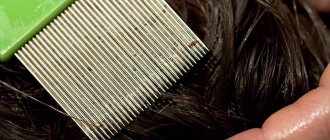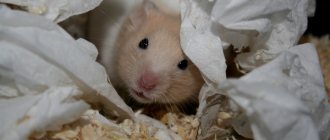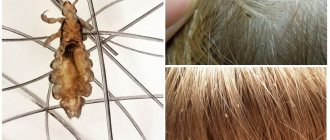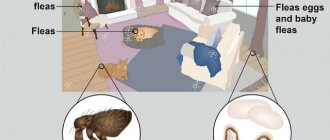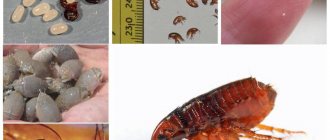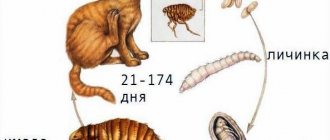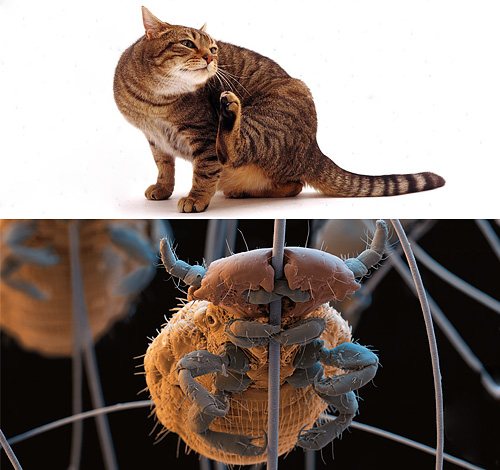
Lice in cats are quite common parasites, but even especially attentive owners do not always notice these insects in time due to their small size, inactivity and generally secretive lifestyle. Very often, cat lice infect an animal when fleas are already parasitizing on it, and therefore it is fleas, clearly visible, very mobile and constantly jumping, that create a kind of disguise for the lice. The presence of itching in a cat, dermatitis on the skin and other problems are also often attributed to fleas.
It is not surprising that many owners do not even know if cats have lice, and having met these parasites in a pet, they doubt for a long time whether it really is.
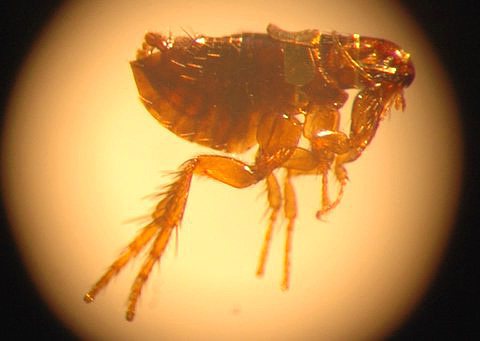

Meanwhile, the presence of lice in a cat can be very dangerous for a pet. With a serious infection, the animal constantly experiences unbearable itching, itching and scratching the skin in places of the most intense irritation. If measures are not taken in time, lice can lead to hair loss in the cat, baldness and the development of dermatitis.
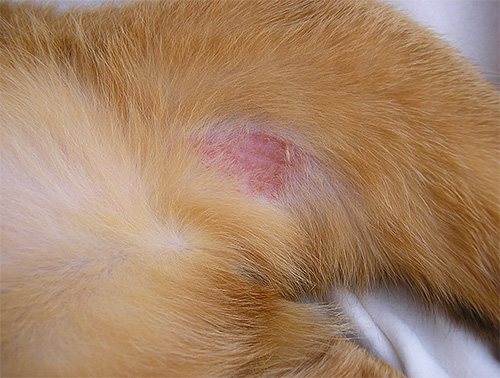

Moreover, lice carry helminth eggs, as a result of which helminthiases and general exhaustion in an infected animal join skin lesions. Therefore, a really caring owner must know the "enemy" by sight, and also be able to remove lice from a cat if it becomes infected with them.
We will talk further about what these parasites look like and what to do if your beloved pet picks them up.
How to understand that a cat has lice?
Lice in a cat can lead to problems that are unpleasant for the pet's health. These parasites are especially dangerous for kittens, moreover, the greatest harm is not so much the insects themselves as the helminths, of which they are carriers.
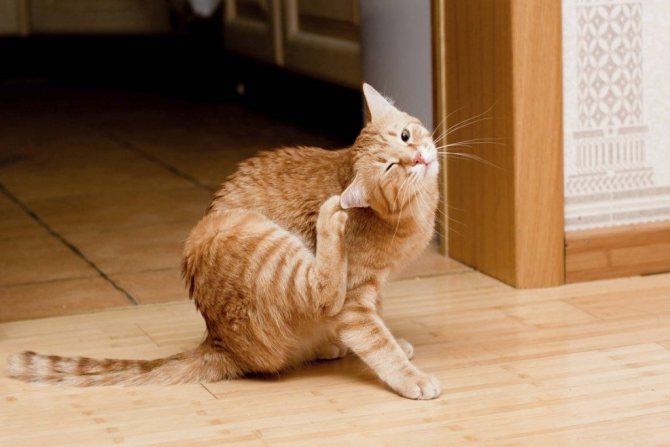

It is not always possible to notice in time that the cat has lice. These insects are very small in size, and therefore, it is not always possible to see them in the early stages of infection, especially if the cat has long and thick hair.
You can understand that the pet has lice by its behavior: a cat that has lice becomes restless, eats worse and itches a lot... At the same time, itching is rarely associated with insect bites: lice parasitizing cats practically do not drink blood, but mainly eat particles of the upper layers of the animal's skin and hair.
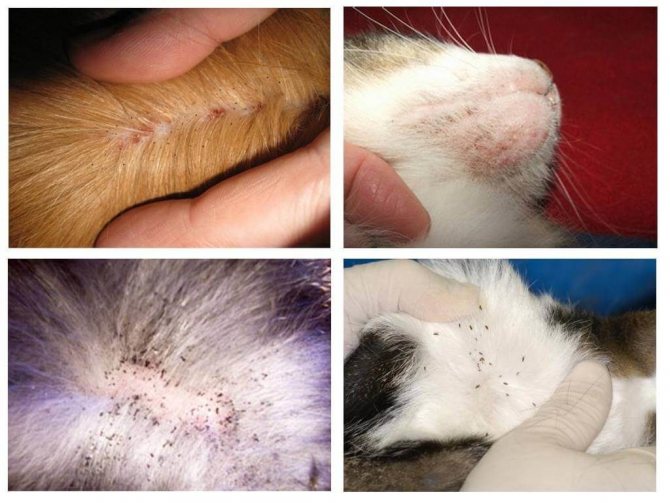

Favorite places of localization of parasites are base of tail, head and neck... It is these places that should be examined first of all if you suspect a cat infection with insects.
IMPORTANT! It is necessary to carefully examine the animal for the presence of parasites, having previously parted the wool so that the skin and the base of the hairs are clearly visible, since this is where cat lice live.
What do they eat?
A nit, that is, an egg from which lice will hatch in the future, does not need nutrition. The egg shell contains all the necessary trace elements for the development of larvae. Only after the larva leaves the cocoon does it start feeding - it makes a small wound in the human scalp and sucks out a drop of blood.
After lice bites, wounds form, which can sometimes be confused with hives, allergic reactions, and prickly heat. But do not forget about the possible infection with parasites.
Infection symptoms
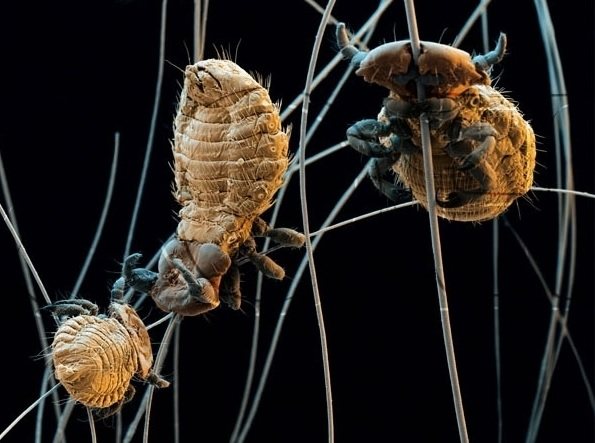

The main symptoms of a lice infestation in cats are:
- Anemia.
- Helminthiasis, that is, the appearance of worms.
- Itching.
- Excessive hair loss not associated with seasonal shedding. In advanced cases, the cat may even go completely bald.
- Constant worry.
- Bald spots, especially clearly visible in the places where the lice are located.
- Wounds and scratches on the skin, which can become inflamed due to infection.
- Decreased appetite and sleep.
- The coat becomes brittle, dull, thinned and looks disheveled, giving the animal an unkempt appearance.
IMPORTANT! If treatment is not started on time, dermatitis or eczema may develop, which can be difficult to get rid of the animal.
The main and irrefutable symptom of a pet's infection with cat lice is the detection of parasites, as well as their larvae and eggs.
Traditional methods
In the arsenal of folk remedies there are also many recipes for eliminating lice from pets:
- Homemade shampoo - grate a quarter of baby soap, steam it with boiling water and boil it over a fire until smooth. After removing from heat, let the mixture cool, and then add the grated onion, one yolk and 1 tsp. decoction of calendula, chamomile or other medicinal plant.
- Treat the animal's fur with a decoction of wormwood or tansy - 1 tbsp is enough for a liter of boiling water. dry or fresh raw materials, boil everything for a couple of minutes over low heat. After removing it from the heat, let it cool and steep - treat the animal's fur with it, wrap it in oilcloth and leave it for half an hour, after bathing the cat with shampoo.
- In 700 ml of water, you can add crushed 5-7 cloves of garlic, let it brew with infusion and in the morning rub it on the withers of the cat, so that the animal does not lick it off. This is a kind of analogue of drops from lice - the main thing is to drip it not on the skin of the animal, so as not to burn it, but on the woolen cover.
- Using a saline solution - dissolve a kilogram of table salt in a 10-liter bucket and dip the cat in such a saline solution. Try to hold it like this for 5-7 minutes, then rinse its coat with warm, clean water.
If it is impossible to use purchased medicines, you can use traditional methods of treating lice in cats.
The most popular is the wormwood decoction.
For two glasses of water, you need to take 1 tablespoon of dry herb or 2 tablespoons of fresh leaves. Wormwood is poured with boiling water, wrapped in a towel and cooled to room temperature. After that, with the help of a cotton pad, you need to process all the animal's hair, pushing it apart so that the broth also gets on the undercoat.
After treatment with a decoction of wormwood, it is necessary to carefully comb the cat with a small, frequent comb in order to remove the dead parasitic insects, their larvae and excrement.
Can lice from a cat be transmitted to humans?
Cat lice, feeding on particles of the upper layers of the skin and hair of cats, are among the specific parasites, that is, it only parasitizes animals of one species... Even if an insect crawls onto a person, it will not bite him (cat lice are not at all able to bite through the skin and do not drink blood), and it will not live long without a familiar owner.
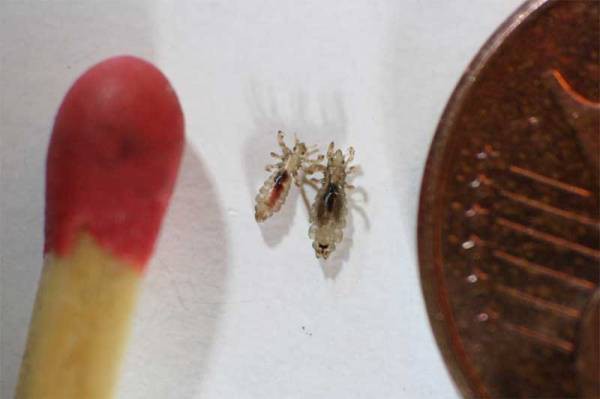

Unlike many other types of lice, parasites living on cats do not tolerate negative external factors... They cannot exist on any other species, including humans.
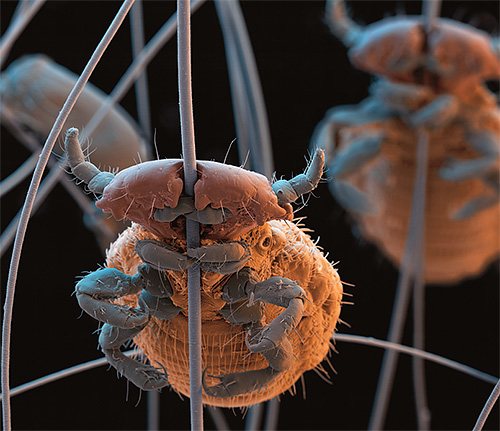

Cat owners don't need to fear parasite infestationif his pet has lice. These insects do not pose any danger to people, except for the fact that they are carriers of helminths.
Cat lice are not dangerous for dogs either, but if other cats live in the house, then you need to limit their communication with the sick pet.
IMPORTANT! Infection of cats with lice is possible only in the case of close contact between a healthy and a sick animal, since they are not able to move quickly or, even more so, jump.
Development period
Nits are the initial stage of lice development.The louse develops from egg to adult within 2-4 weeks. During this time, the following periods are observed:
- egg (nit);
- larval stage;
- 1st and 2nd order of the nymph;
- an adult parasite.
After a week or so, the nits become larvae. The ripening period depends on the temperature conditions. So, the most favorable is the human body temperature, that is, 36.6 degrees with minor fluctuations. But if you don’t put on a hat in the cold or the heat is unbearable in the summer, then the life cycle of the lice slows down, but does not stop.
As soon as the louse got out of the outer shell of the cocoon, it begins to feed. And literally in 2 days the female is already ready for breeding. During her life, the female lays many eggs - 80-150 nits. In favorable conditions (air temperature 30) in just a few months the number of lice increases tenfold.
What do cat lice and fleas look like?
Many owners confuse cat fleas and lice. But if these insects have anything in common, it is that they parasitize on the same host: the domestic cat. In this case, the pet may have both lice and fleas at the same time.
What are the similarities and differences between these parasites?
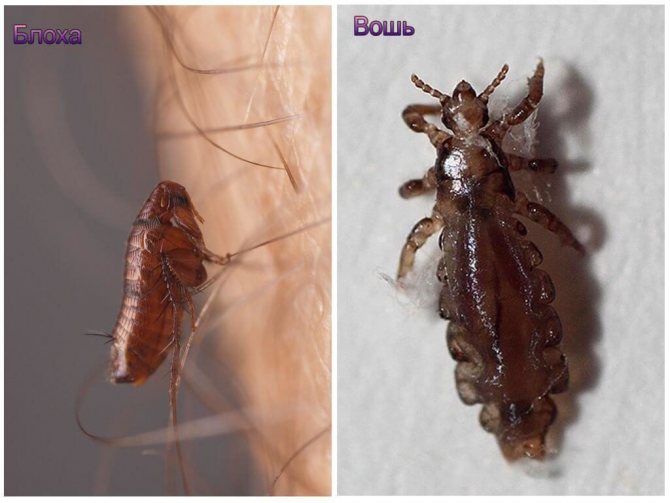

- Lice. Small insects, the body length of which is approximately 1.2 mm. with a rounded body and an almost triangular head. Cat lice have no wings, and their color is light brownish or off-white. Larvae are even smaller than adults, and eggs look like small white grains attached to wool. Lice move slowly, they do not know how to run and jump, so it is quite easy to catch these parasites.
- Fleas. Their size can be up to 5 mm, and in some cases up to 16 mm. The flea's body is oval, tapering at the back and flattened at the sides. The color is darker than that of lice: brown or brownish-reddish. Fleas have a shiny and dense chitinous cover that lice do not. They also have no wings. The larvae are similar to small worms, the size of which does not exceed 5 mm. Eggs are white, round, very small, no more than 0.5 mm. Pupae are motionless, have a brownish tint.


IMPORTANT! The main difference between lice and fleas is that the first of them are inactive and are not able to run across or jump on other animals or people.
Cat fleas are fast and jumpy, in addition, they can parasitize on other species of animals, as well as on humans.
Who do these parasites bite?
Both fleas and lice can feed on human blood. But fleas do not care who to bite - they can be almost any animal. In this regard, lice are very picky and affect only people, and, finding one victim, they usually do not leave it.
A flea, in the absence of a permanent host nearby, can easily use any warm-blooded animal as food.
ATTENTION! If at least one female survives after treatment, both fleas and lice, a new colony of insects may be spawned.
A cat has lice: how to get rid of at home
To get rid of lice from a cat, complex insecticides for pets are often used. Before buying them, you need to carefully study the instructions and make sure that this drug destroys not only fleas and ticks, but also lice parasitizing on cats.
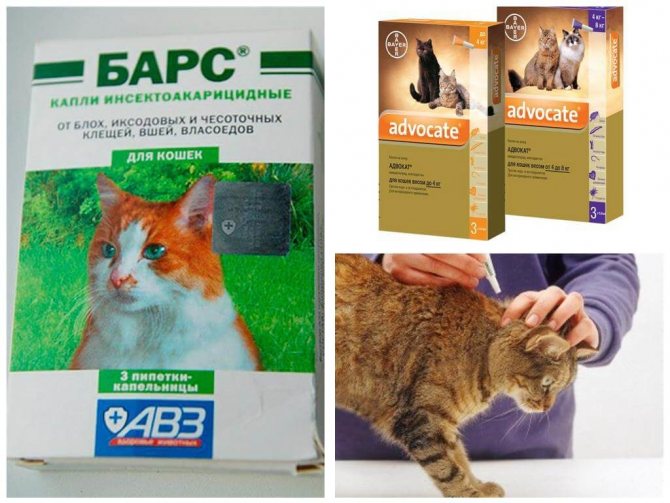

Typically to kill parasites use special shampoos, sprays or drops on the withers... Collars are more intended to prevent infection, and not to treat the animal from parasites, therefore, they should be used only when there are no live lice, as well as eggs or larvae on the cat's body.
The preparations are used strictly according to the instructions, while it is necessary to strictly observe the dosage recommended by the manufacturer, since otherwise it can cause serious harm to the health of the pet.The general principle of using funds to get rid of cats from fleas is as follows:
- Drops. They are applied to the withers of the cat, where she cannot lick herself. Previously, you need to move the animal's fur in the places where the drug is applied. It should be remembered that an overdose of drops can be dangerous for the animal. In no case should the entire preparation contained in the package be poured onto the withers: you need to apply as many drops to the skin as indicated in the instructions.
- Spray. Sprayed over the cat's fur. Depending on the brand of the drug, after such treatment, you cannot wash the pet for some time (from a couple of hours to several days), and you may also have to temporarily prohibit children from playing with the animal and stroking it.
- Shampoo. Apply to dry or damp cat hair, then lather and rinse off with warm water. This method is not suitable for all cats, since only a few of them like to swim, and this can cause certain difficulties during the treatment of a pet from parasites.
IMPORTANT! One treatment is not always enough to completely destroy the lice, therefore, if the animal continues to exhibit symptoms of infection, then the procedure will have to be repeated after about a couple of weeks.
When should you take your pet to the vet?
Take your cat to the vet?
Well no
If the infection is not strong, the lice from the pet, usually, can be dealt with on their own. It's another matter if the disease is neglected and serious complications have appeared, for example, dermatitis or eczema. In this case, you cannot do without the help of a veterinarian, since in addition to specific insecticidal agents, you will also have to use antiseptics or wound-healing drugs. The doctor should prescribe them, self-medication can only worsen the condition of the pet.
In addition, in the case of a serious infestation of lice, the cat may develop anemia and worms. The body of an animal is weakened and becomes more vulnerable to toxic substances included in insecticidal preparations. Therefore, you should consult with a veterinarian who will select the most safe remedy for your pet.
The same applies to small kittens: it is unacceptable to try to rid them of lice on your own, since babies are especially vulnerable to toxic substances and an incorrectly selected drug can lead to serious poisoning.
IMPORTANT! A pregnant or lactating cat, as well as an elderly, sick or weakened pet, cannot be treated for external parasites on their own: a doctor should also prescribe a remedy for getting rid of lice for them.
- about the author
- VK profile
Prophylaxis
To prevent lice in cats, do the following:
- Use of a collar.
- Keeping the cat in the recommended conditions.
- Complete nutrition with factory-made feed.
- Support of the defense system at a high level. The use of immunocorrectors: gamavit, maksidin, immunofan, etc.
- Treatment of cats' habitats with insecticides.
Healthy cats, living in cleanliness and eating complete food, have good skin condition. The absence of defects reduces the insects' access to nutrients and prevents their reproduction. The skin is not injured and resists the aggression of cocks and fungi. If fellinologists regularly destroy parasitic insects, the cat remains healthy and free from uninvited guests.
We invite you to join our Zen channel and a group on Vkontakte or Odnoklassniki, where new articles for pet owners are published.
Similar articles:
- Why are cats overweight?
- Jade in cats
- Cat flu

